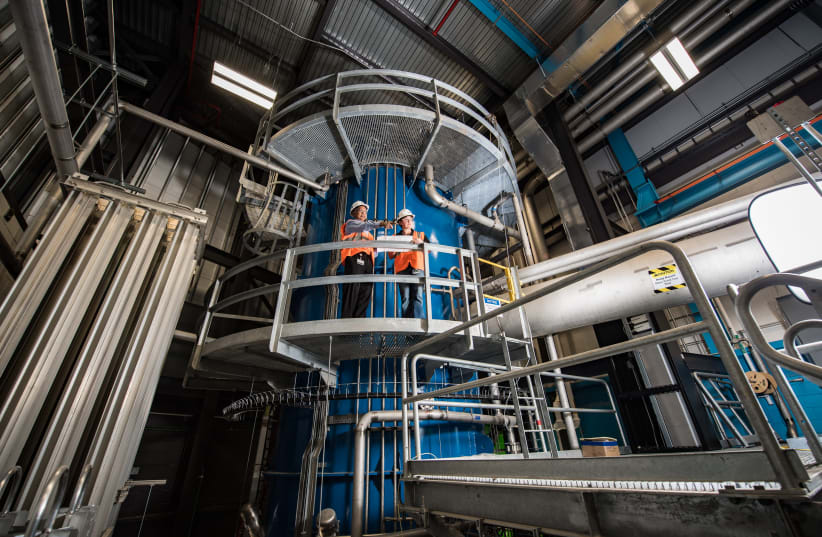The world's most powerful heavy-ion accelerator is set to open at the Facility for Rare Isotope Beams (FRIB) at Michigan State University's (MSU) on Monday, providing researchers with access to more than 1,000 new rare isotopes.
Rare isotopes are versions of elements with a combination of protons and neutrons that does not hold together forever.
A community of 1,600 scientists from around the world will use the FRIB to study how the universe formed and make advances in medicine, nuclear security, environmental science and more, according to MSU.
The accelerator will shoot atoms at a target at half the speed of light, creating collisions producing the rare isotopes, including ones never produced before on Earth.
“This project has been the realization of a dream of the whole community in nuclear physics,” said Ani Aprahamian, an experimental nuclear physicist at the University of Notre Dame in Indiana, according to Nature.
The FRIB had a budget of over $900 million from the US Energy Department, the state of Michigan and MSU. Construction of the facility began in 2014.
Atoms, usually uranium, will be ionized and sent into a 450-meter-long accelerator where they'll hit a graphite wheel that spins continuously to avoid overheating any particular spot, according to Nature. While most of the nuclei will pass through the graphite, some of them will collide with its carbon nuclei, causing the uranium nuclei to break up into smaller combinations of protons and neutrons.
The assorted nuclei are then directed up to a fragment separator, consisting of magnets that deflect each nucleus towards the right at an angle depending on its mass and charge, allowing the operators of the accelerator to produce a beam consisting of one isotope for each experiment. That isotope can then be routed to one of the experimental halls.
The FRIB also has a second accelerator that can take the rare isotopes and smash them against a target to mimic the high-energy collisions that happen in stars or supernovae.
The opening of the FRIB comes amid a busy time for the physics community.
The Large Hadron Collider (LHC) at CERN was restarted last week after being turned off for over three years for maintenance, consolidation and upgrade work.
Four years of physics data-taking are set to begin this summer at the LHC, marking the third run of the collider. Until then, experts at the collider will work to recommission the machine and safely ramp up the energy and intensity of the beams before collisions for experiments will take place at a record energy of 13.6 trillion electronvolts.
The new run will allow the international teams of physicists who operate at CERN and across the world to study the Higgs boson in greater detail and conduct the most stringent tests ever conducted on the Standard Model of particle physics, the current central theory of how particle physics works.

